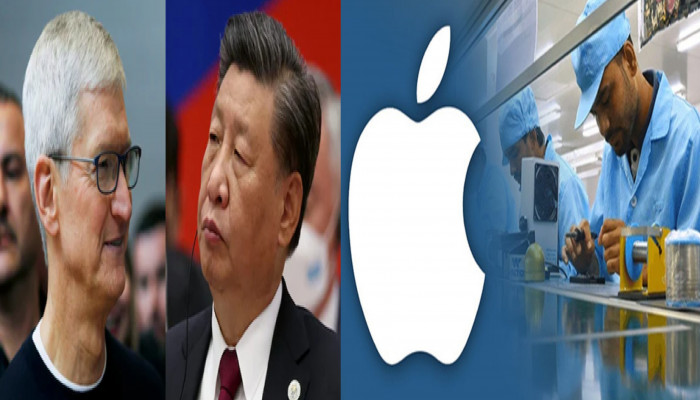Murata eyes India for iPhone components, China puts up roadblocks
- In Reports
- 06:01 PM, Feb 19, 2025
- Myind Staff
Murata Manufacturing, a major supplier of components for iPhones, is considering moving part of its production to India. This decision comes as Apple continues to expand its supply chain to different countries. The Kyoto-based company produces multilayer ceramic capacitors (MLCCs), which are essential for smartphones, servers, and gaming consoles. Murata is now exploring the possibility of increasing its presence in India to meet the rising demand for these components, according to a Bloomberg report.
Murata’s decision aligns with Apple’s strategy to lessen its dependence on China by increasing manufacturing operations in India. Apple has been working on diversifying its production to reduce risks associated with relying too much on a single country. However, China is worried about losing its stronghold in the global electronics industry. To counter this shift, it has been imposing restrictions on the export of essential materials and high-tech equipment. This has made it more challenging for Apple and its suppliers to expand their presence in India.
As reported by Firstpost earlier, these measures by China are seen as an attempt to maintain its dominance in electronics production while making it difficult for companies to move their operations elsewhere.
Murata now produces 60% of its MLCCs in Japan, but as the firm diversifies its production, this percentage is anticipated to fall to about 50% in the upcoming years. In order to gauge long-term demand, Murata has rented a facility in Tamil Nadu's OneHub Chennai Industrial Park, where it intends to start packing and exporting ceramic capacitors by April 2026. The company's decision to invest in a full-scale manufacturing in India will be aided by the five-year lease worth 1 billion Japanese yen ($6.6 million). India offers a great opportunity for growth with its rapidly expanding electronics market and government support. However, Murata is moving carefully despite this potential.
One of the biggest challenges the company faces is the lack of proper infrastructure, especially in terms of power supply and sourcing essential components. Still, Murata believes that setting up operations early will give it an advantage. By being present in the market from the start, the company can quickly adapt to any changes and make the most of new opportunities. Apple is slowly moving its manufacturing away from China, and this has caused concerns in Beijing.
In response, China has been restricting the export of important materials and high-tech equipment. This has made it difficult for Apple suppliers like Foxconn and Murata to quickly expand their production in India. Besides limiting materials, China has also put restrictions on Chinese technicians traveling to India. This has slowed down the transfer of knowledge and expertise, making it harder for India to develop its manufacturing capabilities.
At the same time, Apple is facing more challenges in China. The government has imposed strict rules, including a crackdown on the use of Apple devices by officials. Additionally, China’s tough AI regulations have forced Apple to work with a Chinese tech company to provide AI features on iPhones. The Indian government, in contrast to China, has actively encouraged Apple's growth by providing billions in incentives through the Production-Linked Incentive (PLI) program.
Major Apple suppliers Foxconn, Wistron, and Tata have been successfully enticed to set up production facilities in the nation as a result of this initiative. India’s efforts to boost manufacturing are starting to pay off. Experts predict that by 2025, the country will produce more than 20% of the world’s iPhones. Although China is trying to slow down Apple’s shift, India is becoming a strong alternative. The country has a large workforce, growing demand for smartphones and government policies that support manufacturing. Because of these factors, India is attracting global tech companies, making it a key player in the electronics industry.
Murata’s move to enter the Indian market is part of a larger trend in the global electronics supply chain. This decision shows how companies are looking for new manufacturing hubs beyond traditional markets. However, the scale of Murata’s investment in India will largely depend on how effectively the country improves its infrastructure. If India can address these challenges, it could become a major player in the global electronics industry.







Comments